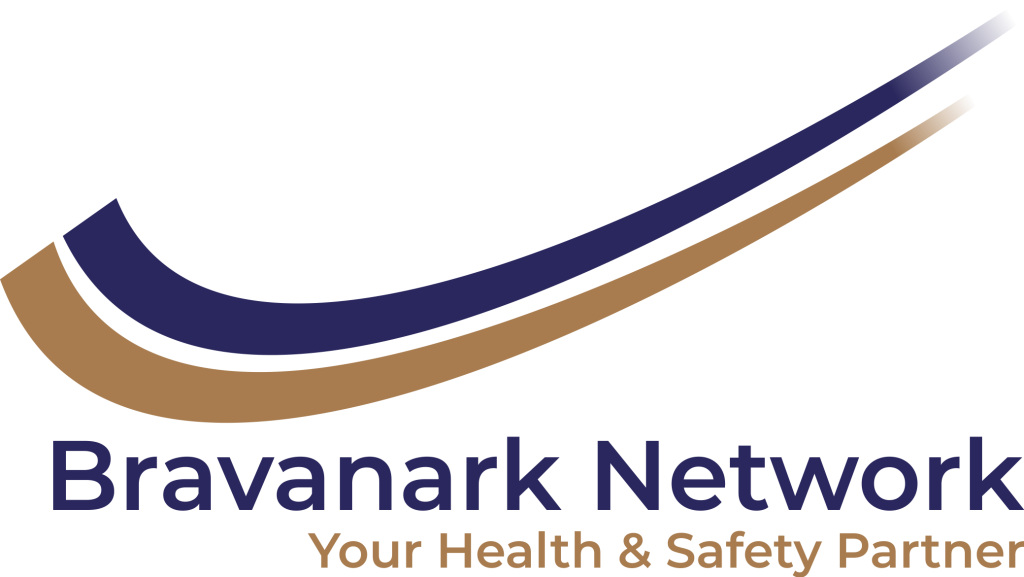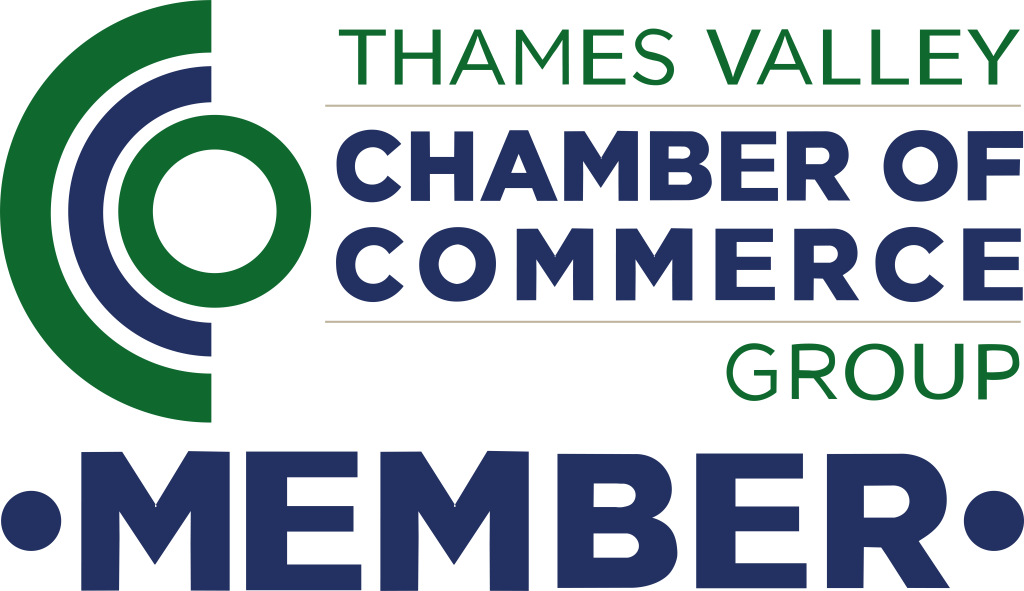Workplace Health and Safety Signage Advisor
Safety signs are required when significant health and safety risks exist that cannot be controlled by other measures. They must be clear, legible, and effective in reducing risks. Bravanark Network provides advice on high-quality workplace safety signage to enhance safety and compliance.
When Safety Signs and Signals are necessary?
The Health and Safety Signage (Safety Signs and Signals) Regulations 1996, require employers to ensure that safety signs are provided (or are in place) and maintained in circumstances where there is a significant risk to health and safety that has not been removed or controlled by other methods.
This is only appropriate where use of a sign can further reduce the risk.
The other methods may include engineering controls or safe systems of work and may be required under other relevant legislation. Safety signs are not a substitute for those other methods of control.
Signs must be clear, legible and easily understandable, and should be used to identify actions that are prohibited, safeguards that must be followed, warning signs for hazards, and to direct towards fire exits/equipment or first-aid equipment.
However, safety signs and signals are unnecessary if they do not help reduce the risk or if the risk is not significant and you should avoid using too many signs which may cause confusion. Discover top-quality workplace safety signage solutions at Bravanark Network. Keep your employees safe with our extensive range of safety signs.
According to the Health and Safety (Safety Signs and Signals Regulations) 1996, employers must, where necessary:
- use road traffic signs in workplaces to regulate road traffic
- maintain the safety signs they provide
- explain unfamiliar signs to their employees and tell them what they need to do when they see safety signs.
Get More Information!
Frequently Asked Questions
When significant risks can't be eliminated by other safety measures.
No, they complement engineering controls and safe work systems.
It must be clear, legible, and easily understood.
Yes, they must ensure employees understand and follow them.
Bravanark provides advice on high-quality safety signs for workplace compliance.
Use contact form above!


